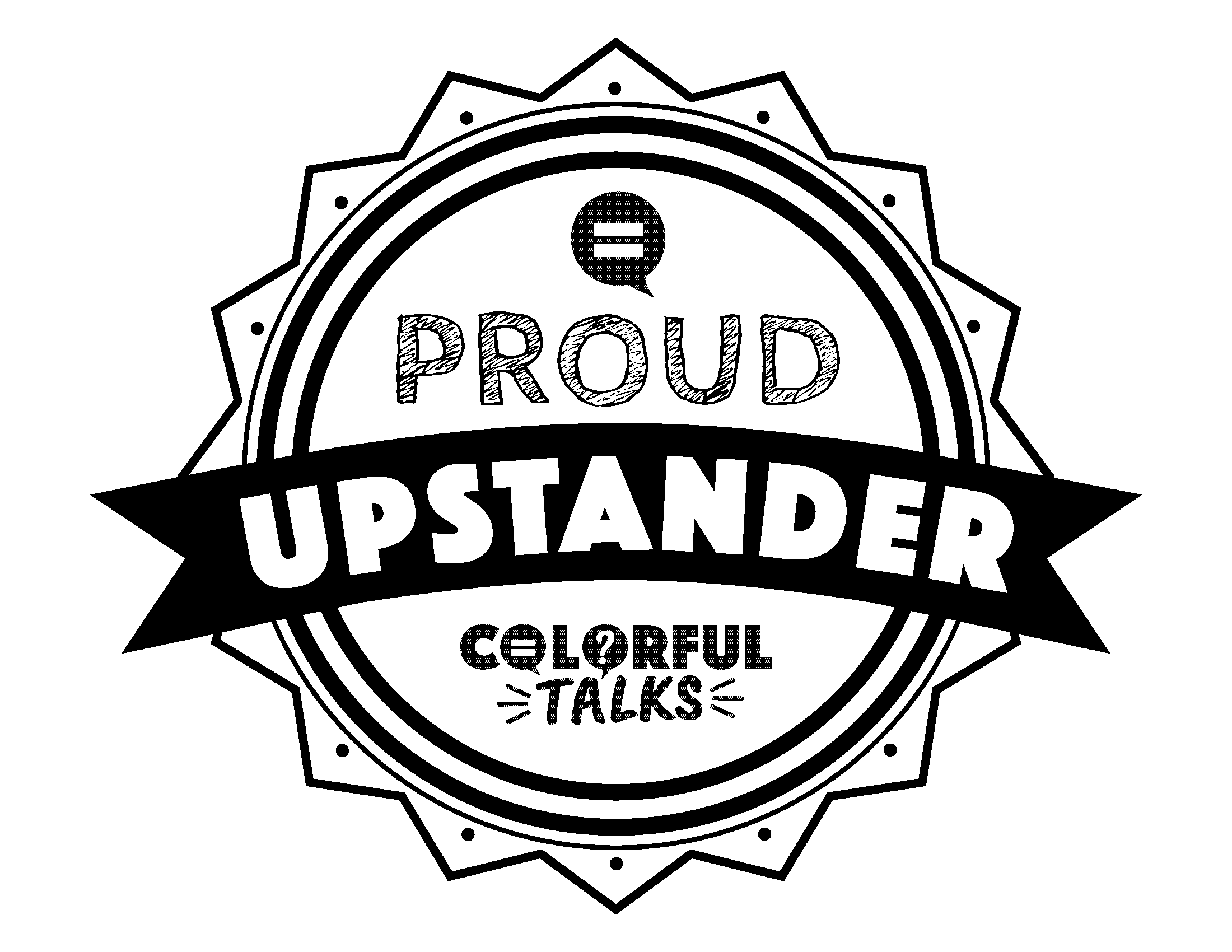BYSTANDER VS. UPSTANDER – STARTING THE DIALOGUE
Here are some videos to consider as teaching tools to focus on being an Upstander, rather than a bystander. The first video is made more for a younger child, as it features Sesame Street characters. The other videos may be more appealing for older children, such as middle and high schoolers. We recommend that you view these videos before starting this process with your child to ensure that you are comfortable with the content and to know which video might be best for you and your child! Talk with your child about the terms Bystander, Aggressor, Upstander, and Victim, so that you both understand what they mean. Using one or more of these videos can help to create a dialogue with your child about how to become an Upstander!
Definitions:
Upstander: A person who witnesses bullying or harassment and chooses to get involved by being a friend to the victim, speaking up, and asking for help.
Bystander: A person who witnesses bullying or harassment but chooses not to get involved.
Aggressor: A person who bullies or harasses another person.
Victim: The person being bullied or harassed.

